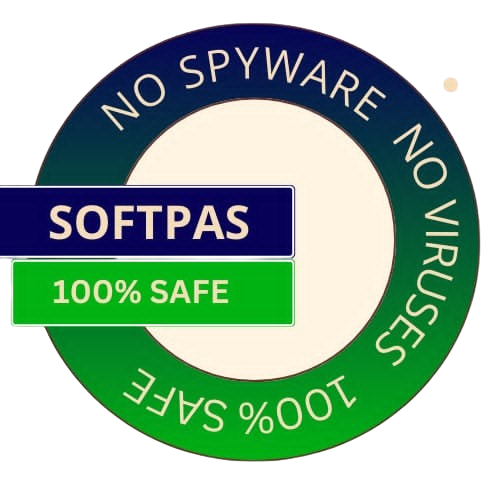
Get the best deals on your favorite games
SPTD is an access layer that lets you directly control devices, which is a bit different from the SCSI Pass Through Interface that comes with Windows by default. This means it can do some cool things!
Thanks to its direct device control, SPTD avoids problems that can pop up from third-party filter drivers or pesky rootkit applications trying to mess things up. So, your performance stays strong and smooth.
The main goal behind SPTD's creation was to make access to storage devices safer and better for both organizations and the apps using it. It also helps out with data management through storage virtualization, making it easier to handle your files.
Like other access layers used in different applications, SPTD provides access to storage devices. But here's the kicker: it packs in extra features that set it apart from the rest!
If you use certain applications, keep in mind they might come bundled with SPTD. These programs won't work without this access layer. The good news? Even if you uninstall one of those apps, SPTD sticks around on your computer.
If you've got other apps relying on SPTD, they won't be affected when you remove one app. Plus, installing new software that uses the same version of SPTD already on your system? No need to reboot! How great is that?
An extra bonus: newer versions of SPTD automatically create a System Restore point before installation (as long as you've got that feature turned on). This way, if anything goes wrong, you can easily revert back.
You'll find SCSI Pass Through Direct (SPTD) being utilized by popular applications like Alcohol 120% and Daemon Tools. Just remember, it's not compatible with kernel-mode debugging.
Go to the Softpas website, press the 'Downloads' button, and pick the app you want to download and install—easy and fast!

SoftPas is your platform for the latest software and technology news, reviews, and guides. Stay up to date with cutting-edge trends in tech and software development.
Subscribe to newsletter
© Copyright 2024, SoftPas, All Rights Reserved.